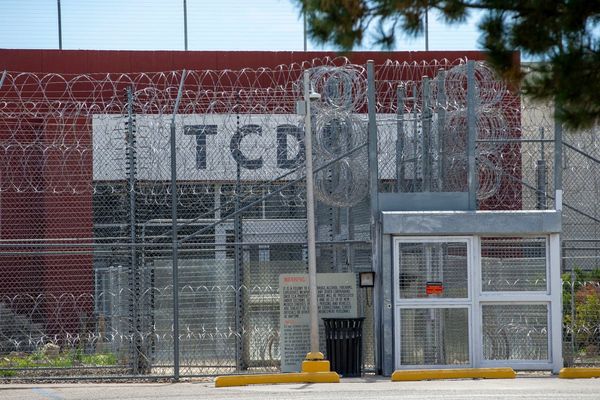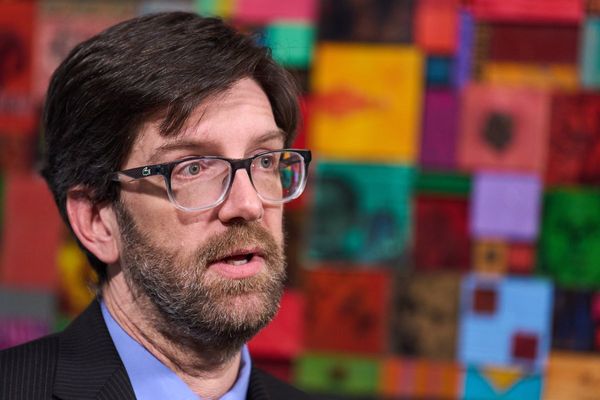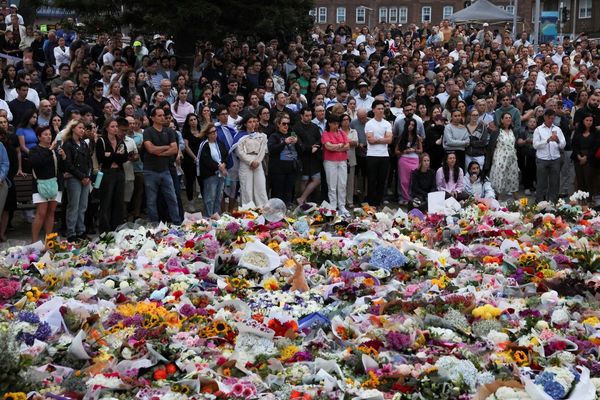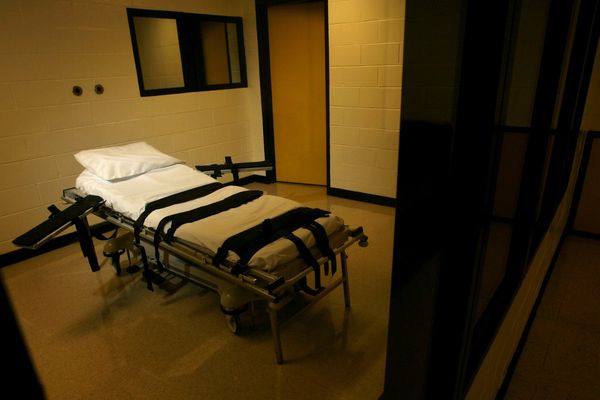Australian reality TV debuted in 2006 with Bondi Rescue. The show featured a winning formula of sun, surf, heroes and danger. It sparked many similar programs featuring police, helicopter crews and paramedics.
Paramedics (2018–), as the title suggests, follows Australian paramedics at work, and airs on Nine. Previous seasons focused on staff of Ambulance Victoria and SA Ambulance. The latest season, being filmed now in Perth, follows paramedics of St John Ambulance Western Australia.
Last week, the ABC reported WA Health has issued a directive that filming must end “at the time of entering a hospital ramp” and no filming is to happen at hospitals.
They also stipulate “vision that is used to negatively portray the WA Health system, including but not limited to perceived capacity constraints, is not permitted to be used”.
This move drew criticism from WA Shadow Health Minister, Libby Mettam, and WA president of the Australian Medical Association, Michael Page, who claimed it amounts to censorship of healthcare delivery issues, in particular issues of “ramping” – ambulances waiting outside emergency departments until space becomes available.
I created and directed the reality series Chopper Rescue (2009–11) for ABC, following real rescue helicopter crews saving lives in regional and remote north Queensland. Here’s what to consider when it comes to obtaining permissions to record factual television shows like these.
Sharing stories
These shows occupy a complex position between service provision and entertainment, creating inherent conflicts of interest.
I developed the concept for Chopper Rescue from dual perspectives: as a filmmaker and as an experienced PICU (paediatric intensive care unit) nurse who had participated in many retrievals.
I wanted to share stories of the incredible rescue crews: unassuming individuals undertaking extensive training, available 24/7. They might just happen to be the person sitting on the train opposite you travelling home after an all night saga.
I wanted audiences to appreciate how lucky we are to have such services.
From my first experience retrieving a child from a small regional clinic in the middle of the night, I was struck by the human drama and visual spectacle. Flying low at dawn over a sleeping city and safely delivering a sick child to expert care adhered to a perfect narrative structure.
The success of shows like Chopper Rescue and Paramedics depends on the willingness of professionals to share their knowledge, and of those being rescued agreeing to have their stories aired. The most successful shows are a partnership, where those in front of the camera are able to exercise some agency in how they are represented on screen.
By the time viewers see such content, multiple layers of permission have been negotiated.
Seeking consent
The most complex negotiation is the access agreements with organisations who have jurisdiction over the entities involved. For Paramedics, agreements would have been negotiated with St John’s Ambulance and WA Health.
Such agreements always include conditions to protect individuals and professional reputations.
Production companies must obtain signed consent from everyone identifiable onscreen. This is a complicated process when filming in emergency departments where multiple personnel might be attending to critically unwell patients.
Production release forms typically assign worldwide rights to use recordings, while indemnifying the company against claims. Individuals can request variations, such as viewing content before release, but this requires understanding this option exists. Ethical documentary practice would explore individuals’ options at the time of signing the release.
If someone doesn’t consent, their face is typically blurred. This highlights the tension between legal and ethical practice: blurring of identity meets legal requirements, but overlooks an individual’s choice not to participate.
Then there is the case of organisational access agreements. Post production facilities are intense spaces where editors, directors and producers make decisions about episodes, creating perfect cuts and dramatic effects. What’s often missing in the edit suite is professional knowledge to determine whether a scene, while being dramatically successful, might contain actions by a professional that could be viewed critically by peers.
There is little scope for the acknowledgement of human error once a show is aired, but human error occurs – particularly in high stakes situations.
Access agreements and filming protocols ensure edited content is reviewed by those familiar with the setting. In the case of the new season of Paramedics, this responsibility will fall to WA Health.
Is this censorship? Yes. Is it necessary? I would say yes, given these shows offer entertainment, not expository documentaries.
Our human vulnerability
There is another hidden risk for those being rescued: the presence of cameras capturing professionals at work.
Awareness that millions might be watching on can potentially distract paramedics, doctors and pilots – with potentially disastrous consequences.
And what about patients’ rights to receive assistance without the presence of microphones and cameras? Can we assume that patients are informed in advance that they may be filmed and have the option to decline? Clear protocols for filming are essential to ensure such patient rights are protected.
As a filmmaker, I recognise the appeal of these shows. Viewers access normally restricted spaces, witnessing emergency calls and human drama. Such moments can be potent, allowing reflection on our human vulnerability. The educational potential is also significant, sharing important information about health conditions and interventions.
It is unclear whether similar restrictions were requested in other states, but there is nothing unusual in WA Health seeking conditions to film in their facilities.
However, to specifically exclude ambulance ramping has potentially left them vulnerable to criticism, rather than requesting general content approval.
Jan Cattoni does not work for, consult, own shares in or receive funding from any company or organisation that would benefit from this article, and has disclosed no relevant affiliations beyond their academic appointment.
This article was originally published on The Conversation. Read the original article.







